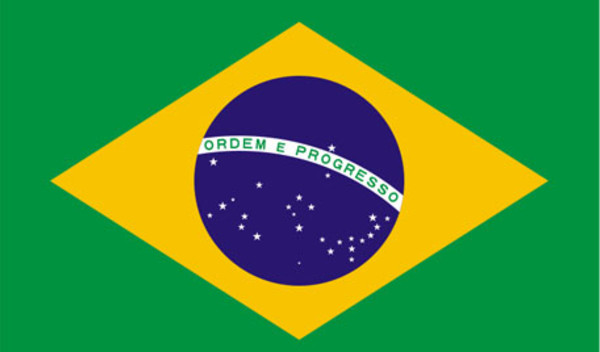

Global emerging market equities have had a torrid time of it in recent years, and were shunned by all but the most seasoned Isa investor in the last tax year.
However, they’ve regained some ground against major developed stockmarkets in 2016, up 8.1 per cent in the first quarter versus a fall of 1.5 per cent in the UK. At the point of greatest capitulation, is the tide turning in their favour?
I’ve made no secret of the fact that I haven’t liked the sector for a while now and, while the newsflow continues to be dire, a few macro factors are interesting.
A potentially monumental catalyst for change in one of the largest markets, Brazil, could emerge if impeachment efforts against president Dilma Rousseff proceed. Foreign investor confidence has waned amid corruption scandals. A fresh face could mark the start of Brazil getting back on its feet.
Meanwhile, India is expected to overtake China this year as the emerging market star performer. Poor infrastructure has long been a major impediment to India’s economic development, but lower for longer oil and iron ore prices should mean the country can continue implementing an ambitious works programme to address this.
Another key headwind in emerging markets has been the strong US dollar. But we’re now hearing the greenback may have peaked, which should encourage some investors back to the sector.
This may not help in the case of China, where mounting corporate debt has investors worried. Even if the dollar does stabilise, the renminbi is declining and has not yet reached what many would consider acceptable levels. The fund managers I speak to remain positive on China for the long term, but complain about a lack of “quality companies” into which they can invest.
Naturally, the upside over the long term needs to come from corporate earnings growth (and a supportive economic environment). I’m not seeing anything inspiring on this front, but nor am I positive on many developed economies’ outlook for 2016.
As always, keeping on top of the politics, markets, currencies and economies of these myriad nations is a tall order. A global EM fund looks a more sensible option than trying to guess which will take off.
One fund I consider a bit of a hidden gem is Charlemagne Magna Emerging Markets Dividend. Charlemagne Capital is a specialist emerging and frontier markets asset manager, yet many clients are probably not aware of it.
The firm’s in-house resources are one of its best assets. Last time I caught up with managers Mark Bickford-Smith and Julian Mayo, they had a team of 26 analysts generating new investment ideas. On top of this, not only is it an income fund in what is typically a growth space, but it has a high level of income – yielding around 4 per cent. This means it has a lower risk profile than most other EM funds. The team is focused on finding high-quality companies that pay a high dividend in the short term, while also having the potential to grow payouts.
It may be an impossible (and, perhaps, foolhardy) task to ask clients to invest a lump sum into this unloved sphere, but drip-feeding a portion of the Isa allowance into such a fund over the next 12 months may be rewarding.



